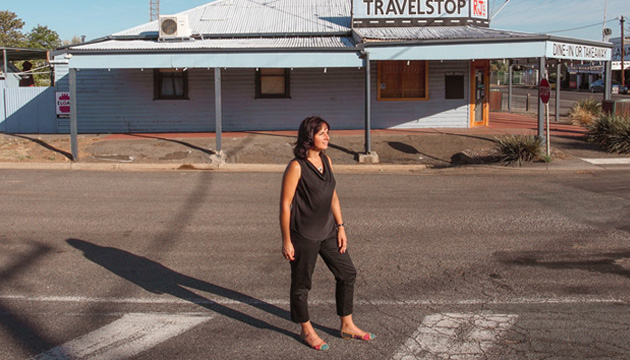The new head of the Rural Bank has a mission to transform the way banks deal with the rural sector.
Story By Genevieve Barlow
When it comes to bush banking, Alexandra Gartmann has a key goal in mind – to find out the best, most effective way to bankroll Australian agriculture. “Is the way we’ve done it in the past the way we need to be doing it in the future?” she asks.
It’s a fair question, given the nation’s increasing vulnerability to drought, fire and flood. And it’s one the new managing director and CEO of Australia’s Rural Bank is on a mission to answer. Since her appointment in October last year, the 41-year-old has been on the road talking to customers, bankers and key agricultural industry organisations in her quest to find out.
Signs of change are already apparent in Rural Bank, which holds about $5.3 billion in loans – roughly 10 percent of the Australian agricultural debt market. Frontline lending staff and decision-making credit staff are undergoing training from the National Centre for Farmer Health on the physical and mental impact on farmers and rural business people of long-term drought, disaster and financial crisis. This is about learning how to support farmers through good times and bad.
A partnership with the Regional Australia Institute is exploring the financial services and support needs of 21st century farmers, large and small, and how to get, keep and support young people in agriculture.
There’s also a lot of thinking and strategising going into tackling banking regulations that challenge banks such as Rural Bank, whose business is 100% vested in agriculture and that want to work long-term with farmers and support them over long periods.
“In some instances, such as managing arrears, regulatory measures are designed for residential lending and PAYG customers, but don’t account for the irregular income cycles we know exist in agriculture,” Alex says. “A one-size-fits-all approach doesn’t work for farming businesses.”
Other areas in which Alex is pushing for reform include encouraging diversity in the organisation, both in gender and age, to reflect the customer base, and establishing training and networks, and providing other supports to help customers influence the agricultural industry.
This story excerpt is from Issue #106
Outback Magazine: Apr/May 2016










